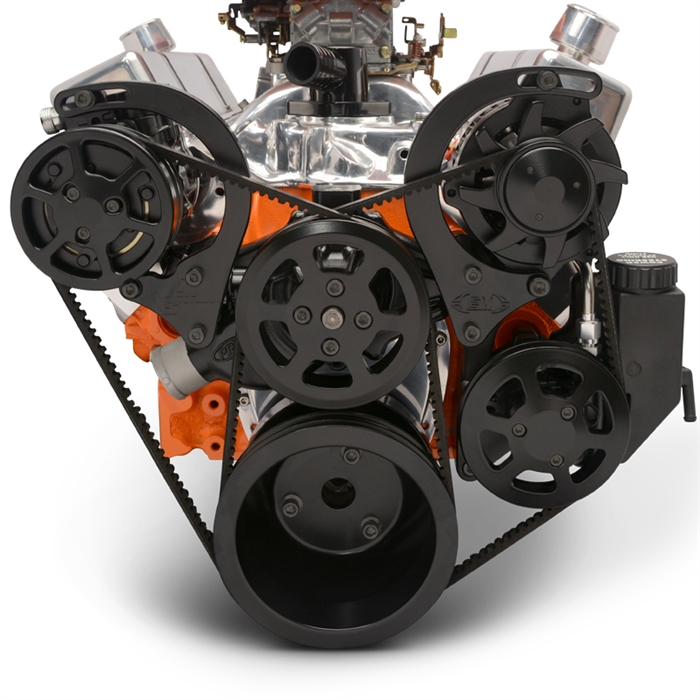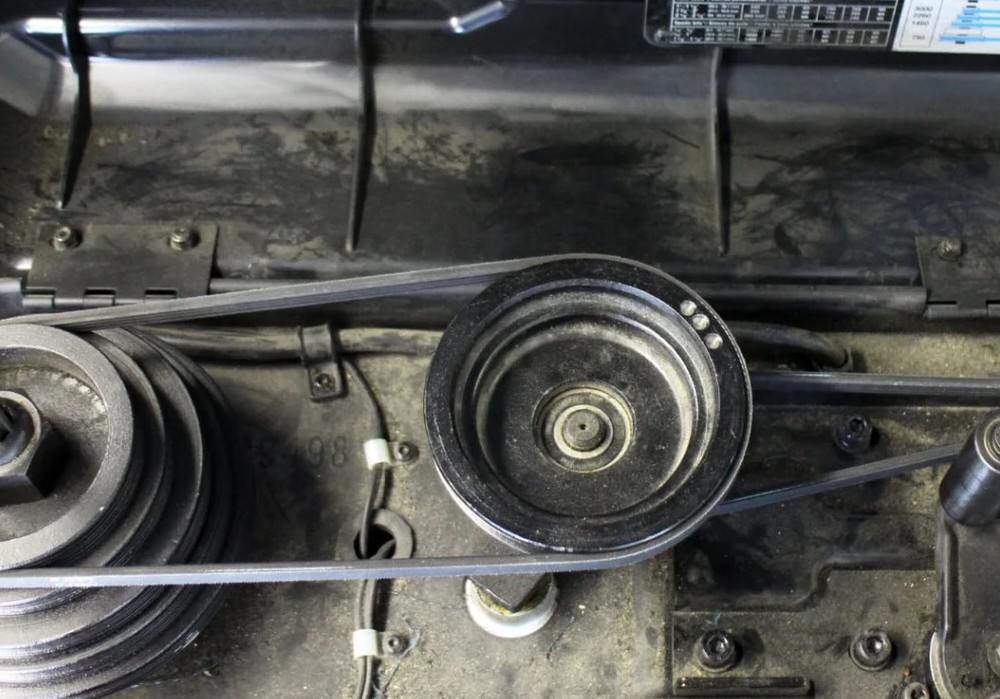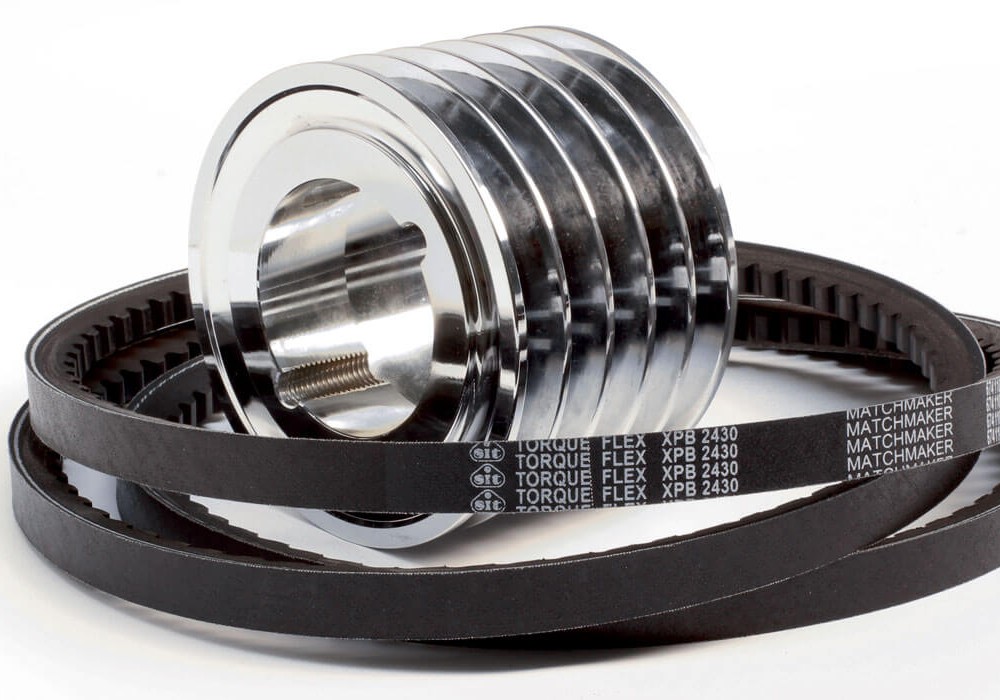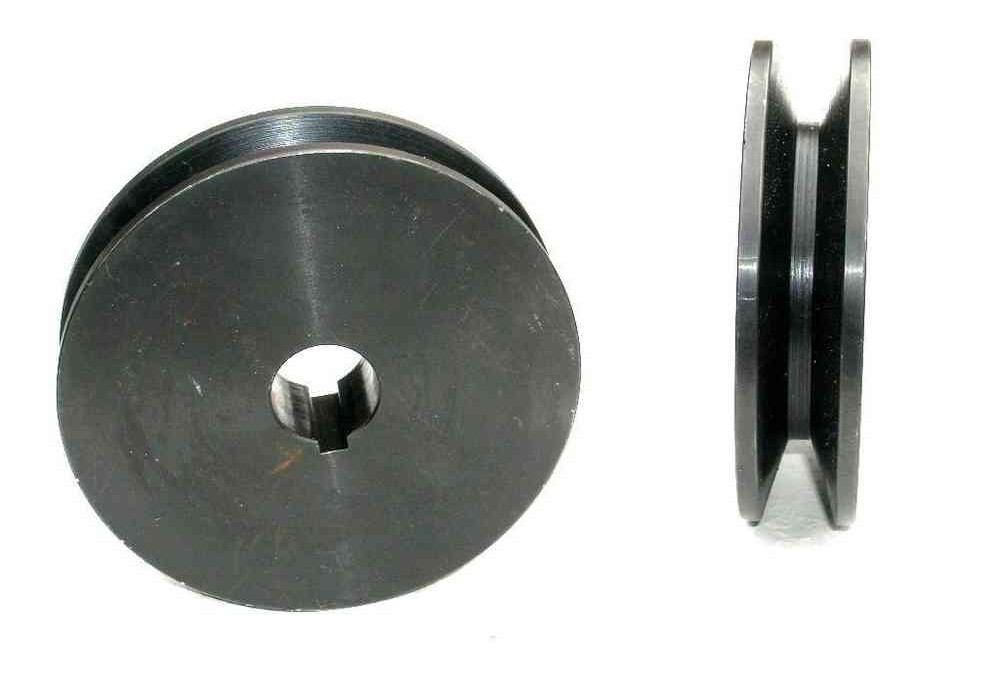V-belt pulley plastic is a type of pulley that is widely used in various industries. It is a popular choice for many industrial applications because of its unique characteristics and advantages. In this article, we will discuss the characteristics and advantages of V-belt pulley plastic.
Characteristics of V-belt pulley plastic:
- Lightweight: V-belt pulley plastic is lightweight and easy to handle. It is lighter than metal pulleys, which makes it easier to install and maintain. The lightweight nature of the V-belt pulley plastic also reduces the overall weight of the equipment, making it more efficient.
- Corrosion-resistant: V-belt pulley plastic is resistant to corrosion, which makes it ideal for use in harsh environments. Unlike metal pulleys, which can corrode over time, V-belt pulley plastic is resistant to corrosion and will not rust or corrode. This makes it a good choice for use in environments where there is exposure to moisture or chemicals.
- Low friction coefficient: V-belt pulley plastic has a low friction coefficient, which means that it can operate with less resistance. This results in less wear and tear on the equipment and longer life of the V-belt pulley plastic. The low friction coefficient also means that the V-belt pulley plastic runs more smoothly and with less noise than metal pulleys.
- High tensile strength: V-belt pulley plastic has a high tensile strength, which makes it strong and durable. It can withstand heavy loads and high speeds without breaking or deforming. This makes it a good choice for use in heavy-duty applications.
- Non-conductive: V-belt pulley plastic is non-conductive, which means that it does not conduct electricity. This makes it a good choice for use in electrical applications where there is a risk of electrical shock or short circuits.
Advantages of V-belt pulley plastic:
- Cost-effective: V-belt pulley plastic is cost-effective compared to metal pulleys. It is less expensive to produce and requires less maintenance than metal pulleys. The lower cost of V-belt pulley plastic makes it an attractive option for many industrial applications.
- Easy to install and maintain: V-belt pulley plastic is easy to install and maintain. It requires less time and effort to install than metal pulleys, and it requires less maintenance over its lifetime. The easy installation and maintenance of V-belt pulley plastic make it a good choice for applications where time and labor are a concern.
- Versatile: V-belt pulley plastic is versatile and can be used in a wide range of industrial applications. It can be used in applications where metal pulleys would not be suitable, such as in environments where there is exposure to moisture or chemicals.
- Improved performance: V-belt pulley plastic can improve the performance of equipment. Its low friction coefficient and smooth operation can result in improved efficiency and reduced wear and tear on the equipment. The high tensile strength of V-belt pulley plastic also means that it can withstand heavy loads and high speeds without breaking or deforming, resulting in improved performance.
- Environmentally friendly: V-belt pulley plastic is environmentally friendly compared to metal pulleys. It is recyclable and can be reused or repurposed after its useful life. The lower weight of V-belt pulley plastic also results in less fuel consumption and lower emissions during transportation and use.
In conclusion, V-belt pulley plastic is a cost-effective, lightweight, corrosion-resistant, low-friction, high-tensile-strength, non-conductive, versatile, and environmentally friendly option for many industrial applications. Its unique characteristics and advantages make it a popular choice for industries such as agriculture, automotive,
CONTINUE READING
Related Posts
In a car engine, a pulley is a mechanical component that is used to drive the engine’s accessories, such as […]
Installing or removing a V-belt pulley on an AC motor can be a little tricky and requires some special tools […]
The V-pulley is used in the alternator’s belt-driven system to transfer power from the engine’s crankshaft to the alternator’s rotor. […]





